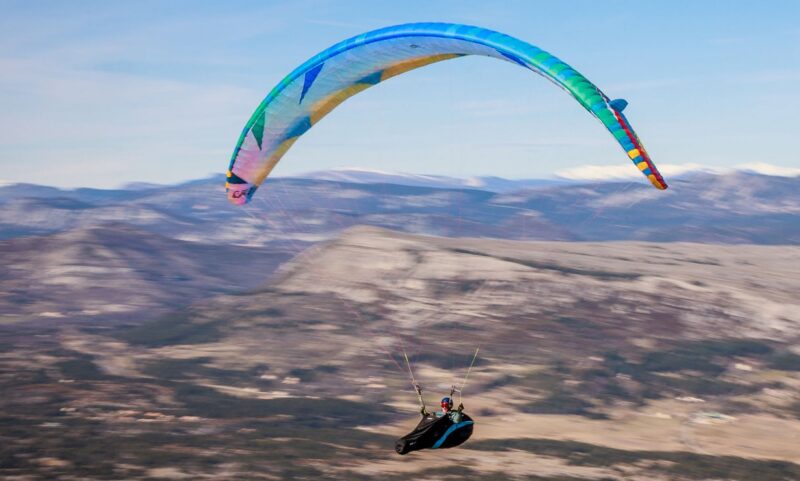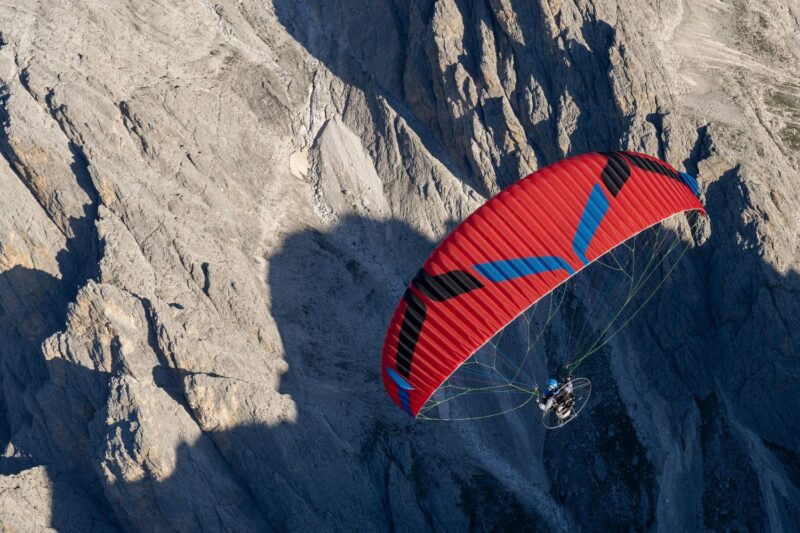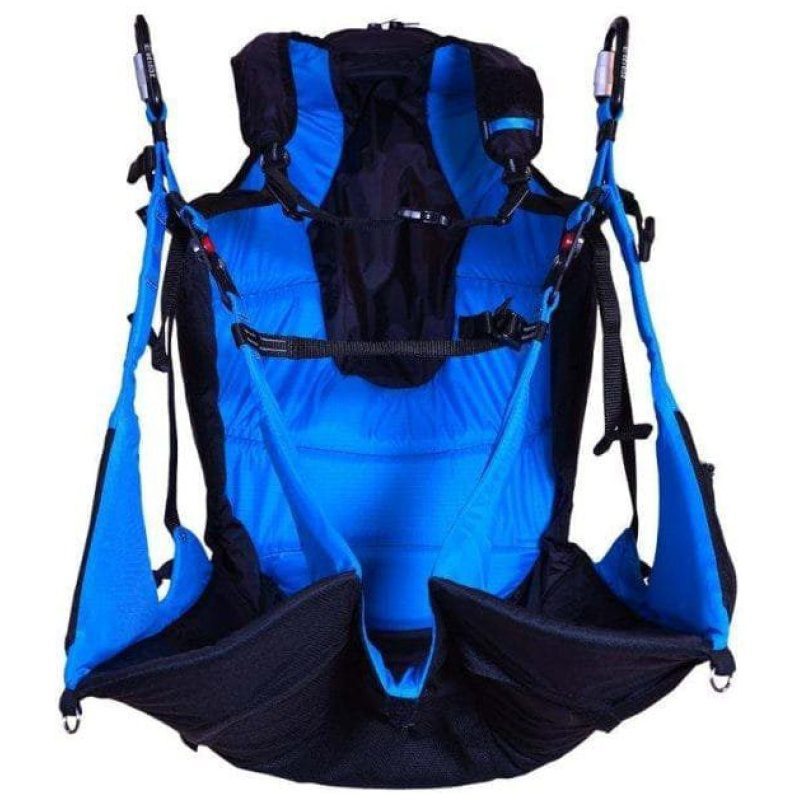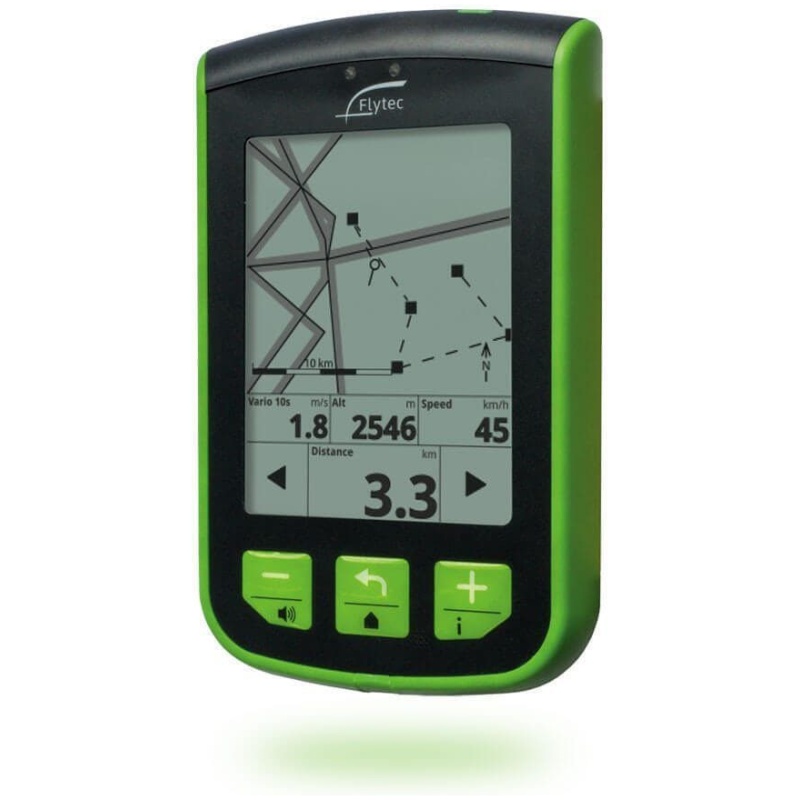Paragliding Blogs
How to Inspect Your Paragliding Gear for Safety Before Every Flight
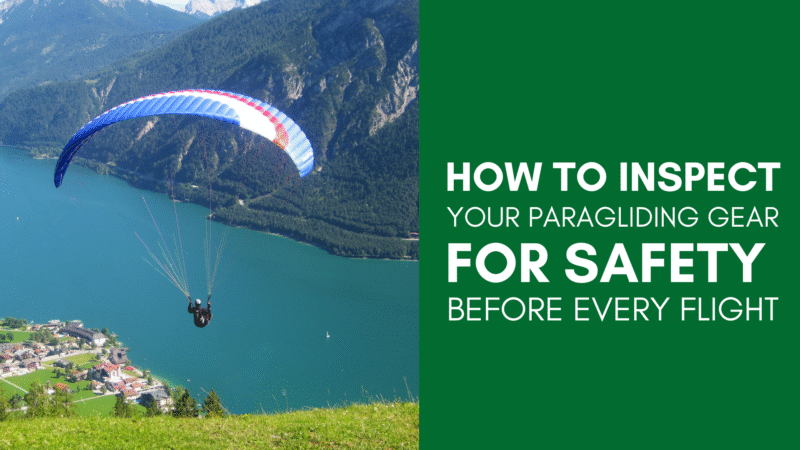
As a paraglider, your gear is your lifeline in the air. Making sure your equipment is in top-notch condition before every flight is essential for safety, performance, and peace of mind. Regular gear inspections not only minimize the risk of equipment failure but also extend the lifespan of your gear, saving you money in the long run.
In this guide, I’ll walk you through a step-by-step process to inspect your paragliding gear, from the wing and harness to the helmet and reserve parachute, ensuring that you’re fully prepared for a safe and enjoyable flight.
Why Inspecting Your Gear Matters
Paragliding gear undergoes significant stress during flights. Over time, wear and tear can compromise its performance. A thorough pre-flight inspection helps to:
- Detect potential issues before they become serious problems.
- Ensure all components are functioning as intended.
- Increase your confidence in your gear, allowing you to focus on the joy of flying.
1. Inspecting Your Paragliding Wing
The wing is the most critical component of your paragliding setup, so it deserves your utmost attention during pre-flight checks.
Steps to Inspect Your Wing:
- Check the Fabric:
- Look for tears, holes, or abrasions on the wing’s surface. Even small damages can affect performance.
- Inspect high-stress areas, such as leading edges and wingtips, where wear is most likely to occur.
- Examine the Lines:
- Run your hands along each line to check for fraying, knots, or weak spots.
- Ensure all lines are properly attached to the risers and the wing.
- Assess the Risers:
- Check for signs of wear or damage on the webbing.
- Ensure carabiners and connectors are secure and free from rust or cracks.
- Perform a Porosity Test (Periodically):
- While this isn’t a daily task, testing your wing’s porosity ensures it retains air efficiently. Many pilots use porosity meters or have the wing tested by professionals.
- PRO TIP: Keep a small repair kit handy with ripstop tape, fabric glue, and extra lines for minor fixes at the flying site.
2. Inspecting Your Harness
Your harness plays a dual role in providing comfort and safety. A compromised harness can jeopardize both.
Steps to Inspect Your Harness:
- Inspect the Webbing:
- Look for frayed edges, loose stitching, or signs of UV damage on the straps.
- Pay special attention to load-bearing areas like shoulder and leg straps.
- Check Buckles and Clips:
- Ensure all buckles lock securely and show no signs of deformation or weakness.
- Test chest and leg strap adjustments to confirm they hold their position under tension.
- Assess Back Protection:
- If your harness has foam or airbag protection, check for compression or punctures.
- Reinflate or replace airbag protectors if needed.
- Inspect the Reserve Container:
- Ensure the reserve container is properly secured and easily accessible.
- Verify that the deployment handle is firmly attached and the pins are correctly positioned.
3. Inspecting Your Reserve Parachute
Your reserve parachute is a critical backup system that you hope never to use but must always be ready to deploy.
Steps to Inspect Your Reserve Parachute:
- Check the Container:
- Confirm that the container is securely attached to your harness.
- Ensure the pins are seated correctly and the deployment handle is accessible.
- Inspect the Lines and Canopy:
- Periodically unpack and repack the reserve parachute to check for tangled lines or damage to the canopy.
- Look for signs of wear or contamination from dirt or moisture.
- Verify Compatibility:
- Ensure your reserve is the correct size and weight for your flying setup.
- Test deployment in a controlled environment at least once a year to confirm it functions properly.
- PRO TIP: Have your reserve parachute professionally inspected and repacked every six months or as recommended by the manufacturer.

4. Inspecting Your Helmet
Your helmet is your primary protection against head injuries, making it essential to keep it in optimal condition.
Steps to Inspect Your Helmet:
- Check for Cracks or Dents:
- Inspect the outer shell for visible damage that could compromise its integrity.
- Ensure there are no cracks, especially around high-stress areas like vents and edges.
- Examine the Inner Padding:
- Ensure the padding is intact, securely attached, and provides a snug fit.
- Replace padding if it’s compressed or worn out.
- Inspect the Chin Strap:
- Check the strap and buckle for fraying or damage.
- Test the buckle to ensure it locks securely and adjusts easily.
- Clean Regularly:
- Wipe the helmet with a damp cloth to remove dirt and sweat.
- Avoid using harsh chemicals that could degrade the materials.
5. Checking Other Accessories
Variometer and GPS:
- Test the battery life and recharge if necessary.
- Confirm the device is functioning correctly by checking altitude readings and GPS connectivity.
Carabiners:
- Inspect for cracks, rust, or deformation.
- Ensure they open and close smoothly and lock securely.
Clothing and Gloves:
- Check for tears, loose stitching, or signs of wear that could compromise comfort and safety.
- Test gloves for proper grip and flexibility.
6. Final Pre-Flight Checklist
Before every flight, conduct a final check to ensure everything is ready:
- Lay Out Your Gear:
- Spread out your wing and lines to confirm nothing is tangled or damaged.
- Test Harness Fit:
- Put on your harness and check that all straps are snug and secure.
- Attach Lines to Risers:
- Double-check that lines are properly connected and untangled.
- Inspect Launch Conditions:
- Verify wind direction and speed for a safe takeoff.
Common Mistakes to Avoid
- Skipping Small Repairs: Even minor damage can escalate into a major issue mid-flight.
- Ignoring Expiration Dates: Many components, such as carabiners and reserve parachutes, have a limited lifespan.
- Rushing Inspections: Take your time to ensure thoroughness. A rushed check can overlook critical issues.
- Neglecting Environmental Damage: Exposure to UV rays, saltwater, or dirt can weaken materials over time. Always clean and dry your gear after exposure.
Inspecting your paragliding gear before every flight is a non-negotiable routine for any pilot committed to safety. By developing a habit of thorough, systematic checks, you not only reduce the risk of accidents but also enhance your confidence and enjoyment in the air.
Remember, your gear is your partner in flight, treat it with care, and it will reward you with countless safe and thrilling adventures. Fly responsibly, and always prioritize safety above all else.
Check out our latest Deals!
Ozone SWITCH Harness
Flytec Connect 1 Variometer
Related Posts

The Ultimate Checklist Before Visiting A New Site
The Ultimate Checklist Before Visiting A New Site New Terrain Can Be So Exciting! There’s nothing quite like the feeling

Hiking Tips for Cross-Country Paragliding
Hiking Tips for Cross-Country Paragliding Cross-country paragliding is a thrilling experience that can take you to new heights, both literally
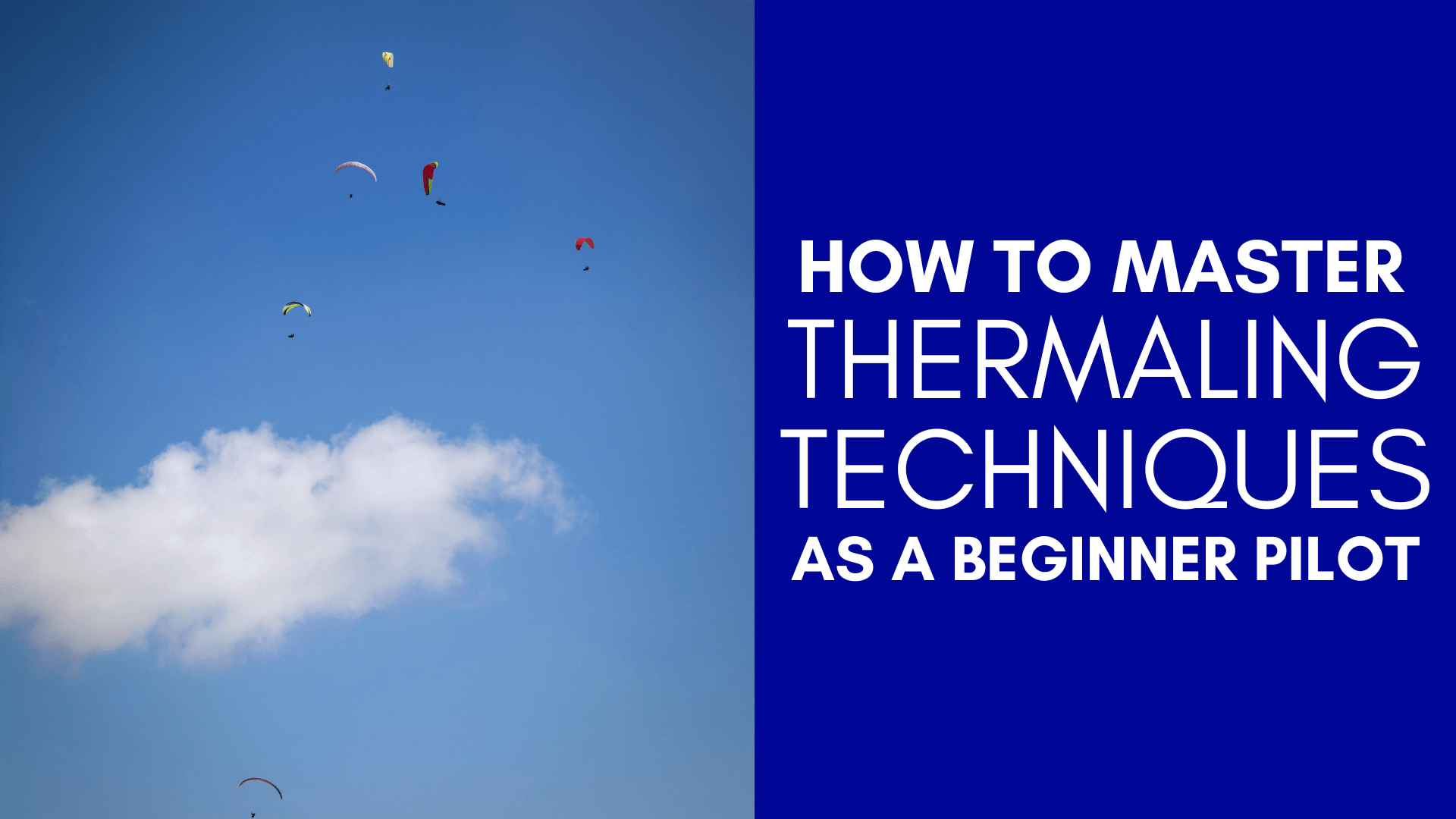
How to Master Thermaling Techniques as a Beginner Pilot
Thermaling is one of the most exciting and essential skills in paragliding. It allows pilots to harness the power of

